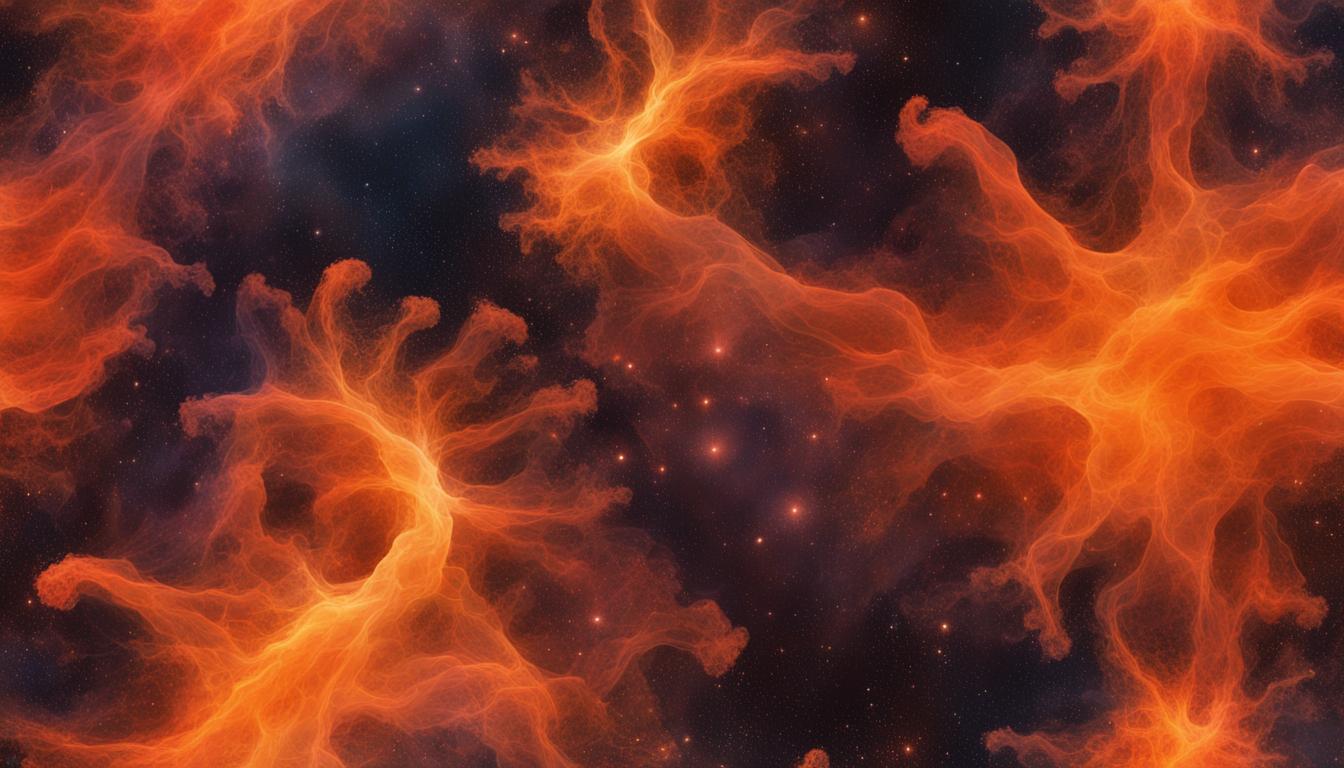Scientists using the Dark Energy Camera on the Victor M. Blanco 4-meter Telescope in the United States have captured detailed images of a cometary globule known as CG 4, nicknamed "God's Hand." Located 1,300 light years away in the Gum Nebula within the constellation Puppis, this cosmic structure resembles a giant hand reaching through space.
CG 4 measures 1.5 light-years across at its head and has a tail stretching 8 light-years long. The nebula is part of a larger group of dense cosmic dust and gas formations known as Bok globules, specifically characterized by their dark, opaque appearances and illuminated by ionized hydrogen which gives the nebula its glowing effect.
This fascinating structure is primarily visible due to the sophisticated imaging capabilities of the Dark Energy Camera (DECam), which can detect the faint red glow of the ionized hydrogen present in and around CG 4. This radiation from massive hot stars nearby causes the glow and also gradually erodes the nebula's head.
The stark appearance of "God's Hand" is likely due to the aftermath of a supernova explosion or from stellar winds and radiation pressure exerting force on the original spherical nebula, distorting it into its current distinctive shape. Researchers are still investigating the precise mechanisms behind this shaping process, considering influences like the Vela Pulsar, a neutron star in the vicinity.
This observation adds valuable insights into the understanding of cometary globules and their role in the cosmological landscape.
